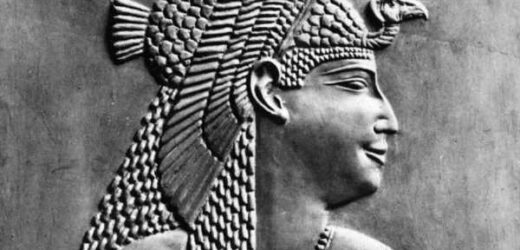Cleopatra: Unpublished texts ‘shedding light’ says expert
We use your sign-up to provide content in ways you’ve consented to and to improve our understanding of you. This may include adverts from us and 3rd parties based on our understanding. You can unsubscribe at any time. More info
Experts have made a stunning breakthrough in the age-old quest to discover Cleopatra’s long-lost tomb after archaeologists working at a site in Egypt said they found a tunnel that could lead to the burial place of the iconic Egyptian Queen. The researchers have hailed the discovery of the lengthy underground passage as a ‘geometric miracle’ as it stretches for more than 4,800 feet. Kathleen Martinez, an archaeologist from the University of San Domingo, says there is a chance that lying at the end of this tunnel could be the final resting place of ancient Egypt’s most famous Queen, possibly alongside her lover Mark Anthony.

While Ms Martinez has since admitted that there is only one percent chance of finding their remains, she said that should they stumble across the long-lost tomb, it would mark the “most important discovery of the 21st century”.
She said: “I needed to come to Egypt…to see the remains of this temple, to be sure that it has the possibility of being the lost tomb of Cleopatra. This is the perfect place for the tomb of Cleopatra.
Experts also discovered a wealth of artifacts inside the temple complex they were excavating, which included coins bearing the images and names of both Queen Cleopatra and Alexander the Great, as well as the tunnel itself.
According to researchers, the tunnel dates to the Ptolemaic period of about 304 BC to 30 BC. This coincides with Cleopatra’s ruled over Egypt, whose reign lasted from 51 to 30 BC.
Cleopatra became Cleopatra VII, queen of Egypt, after her father, Ptolemy XII, died. Her brother was made King Ptolemy XIII at the same time – with the siblings ruling Egypt under the formal title of husband and wife.
The hunt for Cleopatra’s tomb has gone on for years, but the famous Queen has never been found in the 2,000 years since she died.
Source: Read Full Article


